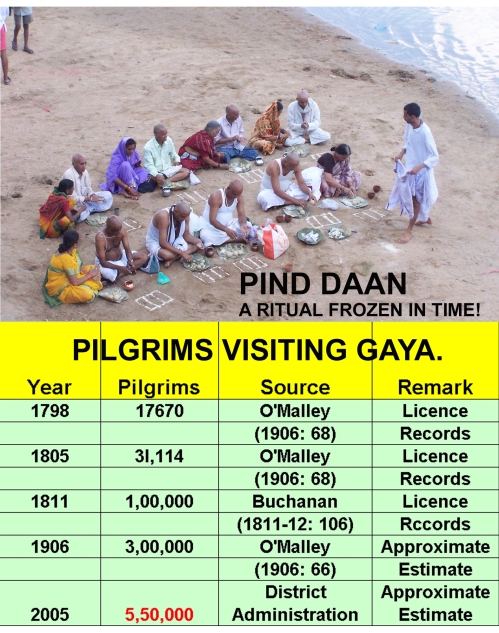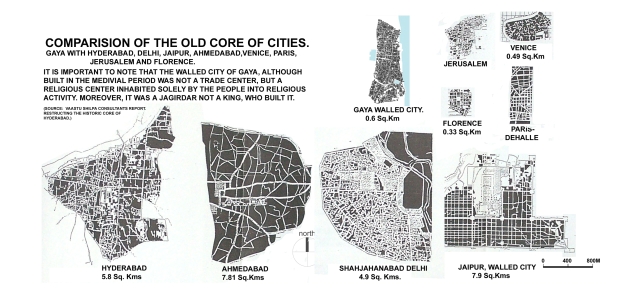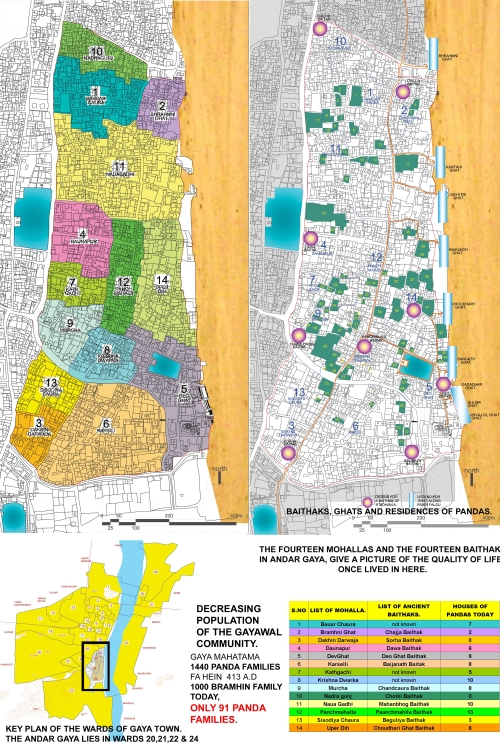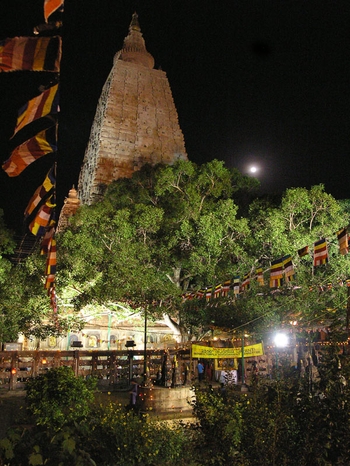It was an early winter morning in 1858. A British soldier, engrossed in his thoughts, was taking a third lap of his morning walk at Alambagh (outside the city of Lucknow). “Can Lucknow be Paris?” he thought. He was Robert Napier, the chief of the staff at Lucknow. He had to draw an outline for Lucknow, which would change the city forever !
Somewhere in his mind, maybe he had an influence of an engineer, who had rebuilt Paris – Baron Haussmann. Paris was not always a beautiful city. It was congested and unhygienic. Haussmann was commissioned by Napoleon III, in 1853 to instigate a program of planning reforms in Paris. Sweeping changes were made and the wide “boulevards” were created.
Haussmann’s work destroyed much of the medieval city of Paris. It is estimated that he transformed 60% of Paris’s buildings At one time, one-third of Paris was torn down. His restructuring of Paris gave the city its present form; its long, straight, wide boulevards with café and shops, which determined a new type of urban scenario and had a profound influence on the lives of its people.
One thing lay common in the project brief to both the engineers: Haussmann (Paris, 1853) and Napier (Lucknow, 1858). Both were instructed to make the city more effective for military policing. Under this intend, the wide thoroughfares were to be constructed to facilitate troop movements and prevent easy blocking of streets with barricades. The straightness allowed artillery to fire on rioting crowds and their barricades.
Robert Napier, apart from being a successful soldier, had a big reputation for developing the Ambala Cantonment. The Ambala Cantonment was established in 1843 after the British abandoned its cantonment at Saphera(Patiala), following the malaria epidemic of 1841–42. Napier had been on the vacation to England in the autumn of 1856, and possibly had heard of the Haussmann’s work in Paris, back in England.
When he arrived at Calcutta in 1857, every British was talking about the mutiny and more so, about the experiences of Lucknow. Napier was sent to Lucknow along with James Outram, the chief commissioner of Oudh, to command the force for the relief of Lucknow. Napier was successful in the siege of the city and had now been assigned to make a “controllable” Lucknow.
The Nawabi city of Lucknow formed the administrative and cultural core of vast, rich hinterland and the centre of its voluminous grain trade. Workshops of artisans, craftsmen, jewellers, bankers and tradesmen sprang up around the court to supply its needs and Lucknow had become the locus for the largest complex of luxury industries in northern India. This city had then narrow lanes and was very populated (about 1,50,000 population). In terms of economy, it was only next to the three port towns of India.
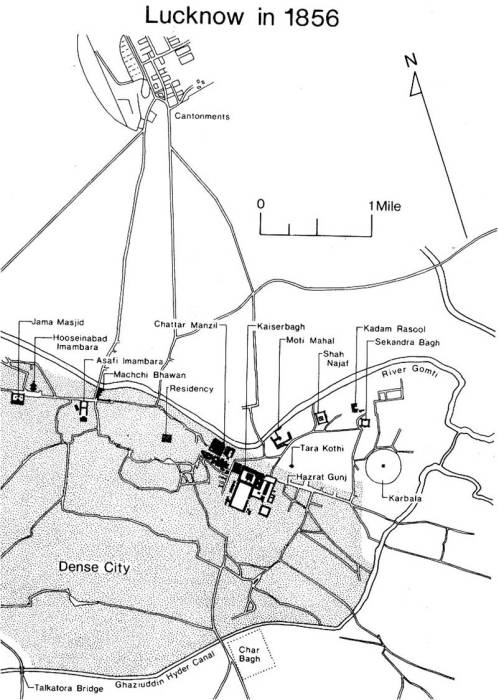
The Nawab of Lucknow had constructed large palace-garden complexes, the major mosques and gateways, the imambaras, the chowk and major markets to form the core of the royal quarter of the city.

Engrossed in his thoughts, Robert Napier went straight to the drawing board and laid the city map of Lucknow on his table. Was Paris on his mind? Nevertheless, what he did thereafter was similar to what had been done to Paris, five years ago.

Some of the key actions of Napier, which were to change the social and physical fabric of Lucknow forever, were:-
- Important buildings were identified and the area around was ruthlessly cleared and the building demolished.
- The narrow streets of Lucknow made way for 50 meter wide roads. The diagonal streets in the picture above, were drawn on the city map. These broad roads cut through the dense city, razing all construction that came into the way.
- The main diagonal axis of Lucknow city, from the imambara to the Karbala, was changed. The Karbala was shifted and so was the entire city orientation .
- The cantonment which was earlier north of river Gomti (3 miles away) was brought closer to the town, in its South Eastern part .
The limelight of Lucknow was shifted to Kanpur, when the British shifted their regional headquarters. To add upon, the new rail line connecting Delhi and Calcutta purposely ignored Lucknow. When it finally came in 1875, it divided the city into an old town and the new town. The new markets around Hajratgunj, were to become the new city center.
While a lot was added in Paris post Hausmann, to become one of the most popular cities in the world, Lucknow lost its grandeur.
The evenings of Lucknow, were never to be the same again !
Source of the Maps and Data:
1. The Making of Colonial Lucknow, 1856-1877 Princeton, N.J. : Princeton University Press by Veena Talwar Oldenburg .
2. http://en.wikisource.org/wiki/Napier,_Robert_Cornelis_(DNB00)
3. Photo: Lucknow IMAMBARA by maneesh_agni (http://www.trekearth.com/)

